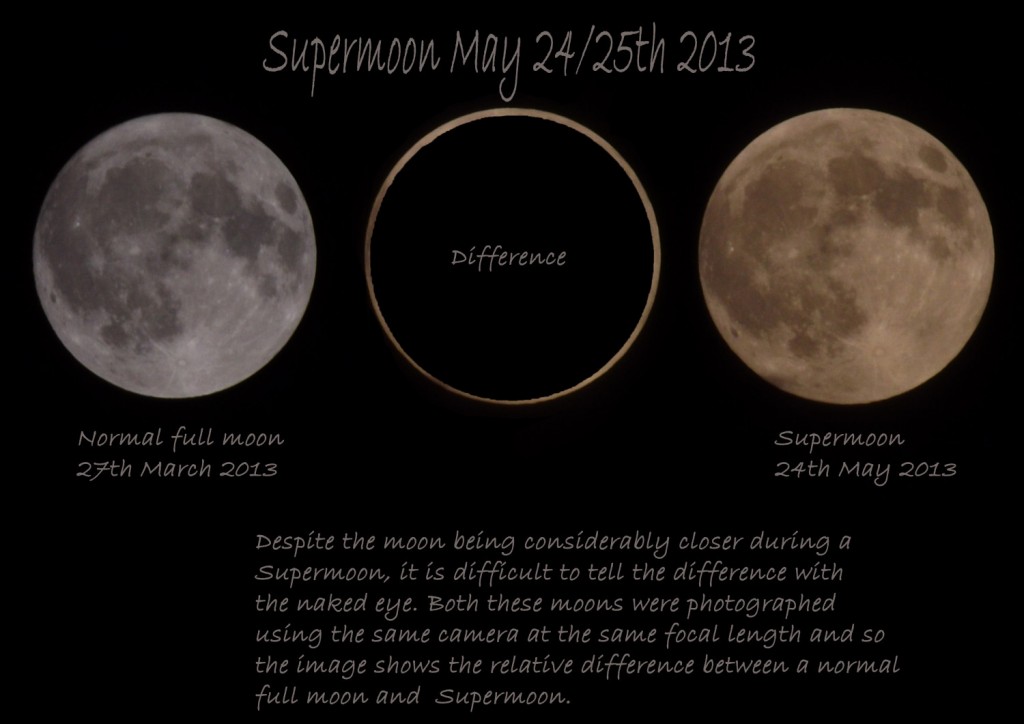Today is the summer solstice, the longest day of the year and the beginning of summer AND a super moon this weekend – the closest the moon will be to the earth all year? The history of the summer solstice is varied from agriculture to Stonehenge. “Sol” is sun in Latin and “sistere” to stand still. Traditionally it was a changing of the seasons.
The summer solstice has long been celebrated by cultures around the world:
• In Ancient Egypt, the summer solstice coincided with the rising of the Nile River. As it was crucial to predict this annual flooding, the Egyptian New Year began at this important solstice.
• In centuries past, the Irish would cut hazel branches on Solstice eve to be used in searching for gold, water, and precious jewels.
• Many European cultures hold Midsummer celebrations at the solstice, which include gatherings at Stonehenge and the lighting of bonfires on hilltops.
